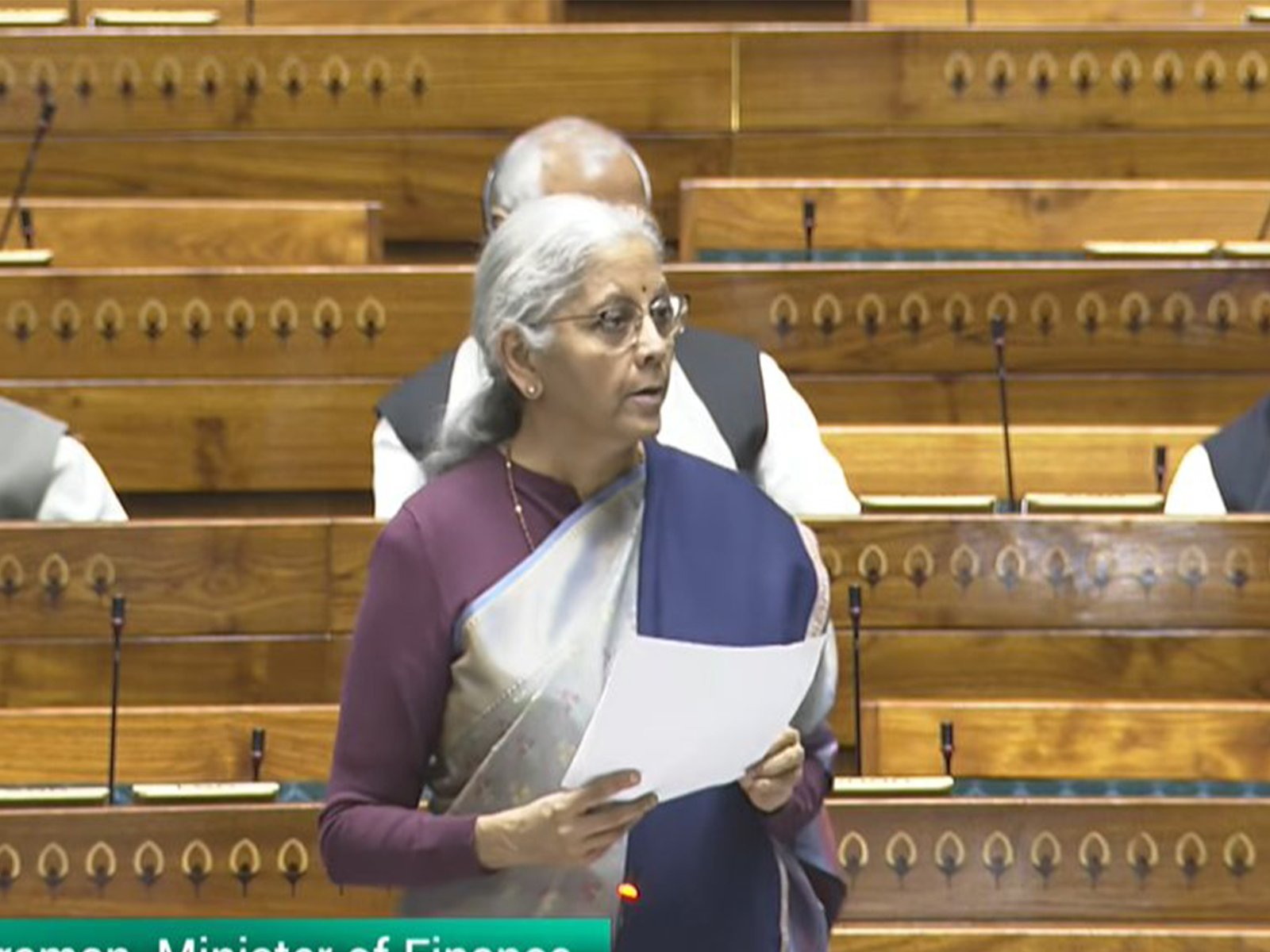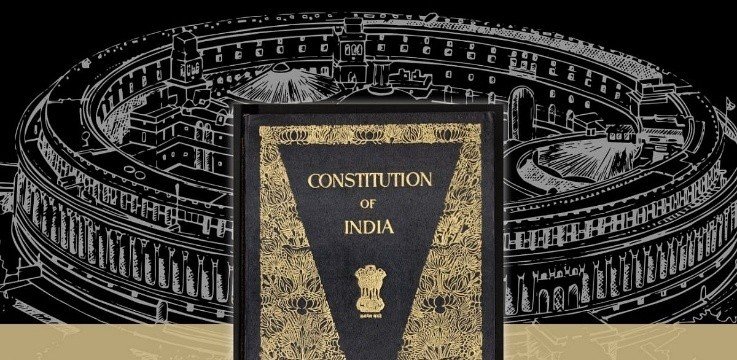Why in the News?
- Global oil forecasts diverged sharply in mid-October 2025. OPEC expects a near-balanced market for 2026 while the IEA warns of a large surplus creating uncertainty for prices.
- Rising non-OPEC supply, weak demand in advanced economies and geopolitical moves have pushed Brent prices down to about $60–64/barrel, a level that directly affects India’s import bill and macroeconomy.
Key Highlights
- Two decades of structural change set the stage.
- New supply technologies such as shale extraction, horizontal drilling and offshore advances greatly expanded global oil output.
- At the same time, demand growth in advanced economies slowed because of weak post-COVID recovery, climate policies and faster adoption of electric vehicles. These twin forces made the market more sensitive to small demand/supply shifts.
- Supply surged in 2024–25 and into 2025.
- OPEC+ and several other producers (U.S., Brazil, Canada, Guyana, Argentina) increased output, adding millions of barrels per day compared with a year earlier.
- OPEC+ unwound COVID-era cuts and boosted September output, contributing to the growing stock overhang.
- Demand growth softened, especially in OECD and China.
- Global demand growth is modest, about 1.2% (≈1.3 mbpd) in 2025, with much of the increase coming from the Global South, while OECD consumption remains weak. China’s oil demand growth is also restrained by economic slowdown and faster EV uptake.
- mbpd stands for “million barrels per day.”
- Market signals turned bearish in October 2025.
- The IEA revised its outlook sharply bearish, projecting an unprecedented oversupply of roughly 3–4 mbpd in 2026. OPEC, by contrast, saw at most a small shortfall if current pumping continued. The disagreement spooked traders.
- Prices fell but geopolitical and strategic moves matter.
- Brent slid toward the low $60s per barrel in October 2025, pressured by the supply glut thesis; yet purchases to refill strategic reserves and tanker stockpiling limited an even steeper fall. Continued geopolitics (sanctions, tensions, tariff wars) keep volatility high.
Key Terms
- OPEC+
- A group led by OPEC members plus allied producers (notably Russia) that coordinates production policy.
- It influences global supply and aims to stabilise prices through collective output decisions.
- OPEC+ cohesion is affected by diverging fiscal needs and political priorities of members.
- Its output decisions can counter or amplify non-OPEC supply trends.
- Understanding OPEC+ is key to analysing short-term oil price moves.
- IEA (International Energy Agency)
- An intergovernmental body that provides policy advice and market analysis, mainly for OECD countries.
- Its monthly and medium-term oil outlooks are influential for traders, investors and policymakers.
- The IEA focuses on demand trends, energy security and transitions to low-carbon energy.
- Its forecasts can differ from producer bodies, creating market volatility.
- Policymakers monitor IEA scenarios for contingency planning.
- Brent crude
- A major international oil price benchmark used to price crude traded globally.
- Movements in Brent affect import bills for countries like India and inform fuel pricing domestically.
- Brent’s level reflects supply, demand, geopolitical risk and inventories.
- Supply overhang / glut
- A situation where available oil supply exceeds demand, causing inventories to build and prices to fall.
- Gluts can be temporary if demand recovers or producers cut output; they can also persist, pressuring investment in new production.
- Contango
- A market structure where future delivery prices are higher than spot prices, encouraging storage and stockpiling.
- Contango often appears when spot supplies are abundant or near-term demand is weak.
- It affects trading, shipping (tankers used as floating storage) and physical markets.
Implications for India
- Immediate fiscal and current account relief.
- Lower oil prices reduce India’s import bill and fuel subsidy burden, improving the fiscal balance and narrowing the current account deficit. India spent about $137 billion on crude in 2024–25, so price moves matter materially.
- Inflation and growth effects.
- Cheaper oil lowers transport and fuel costs, easing headline inflation and giving the government room to increase capital spending that supports growth.
- Energy security and supplier choices.
- A global glut can reduce India’s dependence on discounted Russian crude, easing some geopolitical friction risks, but a rapid price swing could complicate long-term contracting and refining economics.
- Domestic policy space to accelerate transition.
- Lower fossil prices free some fiscal headroom which India can use to subsidise clean energy investments, EV infrastructure, and energy efficiency — helping decarbonisation goals.
- Short-lived gains risk.
- Oil markets are cyclical. Any relief could reverse quickly if geopolitical events, a pick-up in demand, or supply cuts change the picture. India should avoid policy complacency.
Challenges and Way Forward
| Challenges | Way Forward |
| 1. Fiscal vulnerability to oil price swings — Large import bill exposes fiscal balance to price spikes. | Build larger, rules-based strategic reserves; use a portion of windfall savings for a fuel-price stabilisation buffer and infrastructure spending. |
| 2. Over-reliance on a narrow set of suppliers — Concentration risks create geopolitical exposure. | Diversify crude sources and long-term contracts; expand LNG and renewables partnerships; use strategic diplomacy for supply stability. |
| 3. Limited refinery flexibility and feedstock risk — Some refineries are optimised for specific crude grades (eg, Russian heavy crude). | Invest in refinery upgrading (flexible crude processing) and new complex units to handle diverse grades; incentivise capital expenditure in refining. |
| 4. Short time horizon in energy transition planning — Cheap oil can delay investment in clean tech. | Ring-fence part of fossil fuel savings to accelerate EV infrastructure, renewables auctions, and green hydrogen pilots. |
| 5. Trade, remittance and export linkages to West Asian demand — Lower oil revenues in Gulf economies could reduce demand and remittances. | Broaden export markets, promote skill development for non-oil sectors, and build fiscal contingency plans for remittance shocks. |
Conclusion
The oil market in 2025–26 is at a turning point: rising supply and weak demand argue for lower prices, but geopolitics can quickly reverse fortunes. For India, lower prices offer a valuable but possibly temporary fiscal and inflation cushion. The smart response is to use gains to shore up energy security, diversify supplies, and accelerate a fair energy transition.
| EnsureIAS Mains Question Q. Examine the current contest in the global oil market between OPEC+ and non-OPEC producers. Analyse the likely economic and strategic implications for India, and suggest a policy framework India should adopt to manage price volatility and support a smooth energy transition.(250 Words) |
| EnsureIAS Prelims Question Q. Consider the following statements: 1. The International Energy Agency (IEA) projected an unprecedented oil market oversupply of around 3–4 million barrels per day in 2026 in its October 2025 outlook. 2. OPEC’s October 2025 report and the IEA’s October 2025 report presented nearly identical views on the 2026 oil balance. Choose the correct option: A. Only 1 Answer: A. Only 1 Statement 1 is correct: The IEA’s October 2025 oil market analysis raised its estimate of supply growth and warned of a large surplus; about 3–4 mbpd in 2026, driven by rising non-OPEC output and sluggish demand. This bearish outlook has influenced market sentiment and forecasts for lower prices. Statement 2 is incorrect: OPEC’s October 2025 Monthly Oil Market Report painted a much more balanced picture, suggesting only a very small deficit (~50,000 bpd) in 2026 if current output persisted. Thus, OPEC’s view diverged materially from the IEA’s bearish forecast, creating disagreement among major analysts. |
Also Read | |
| UPSC Foundation Course | UPSC Daily Current Affairs |
| UPSC Monthly Magazine | CSAT Foundation Course |
| Free MCQs for UPSC Prelims | UPSC Test Series |
| Best IAS Coaching in Delhi | Our Booklist |





